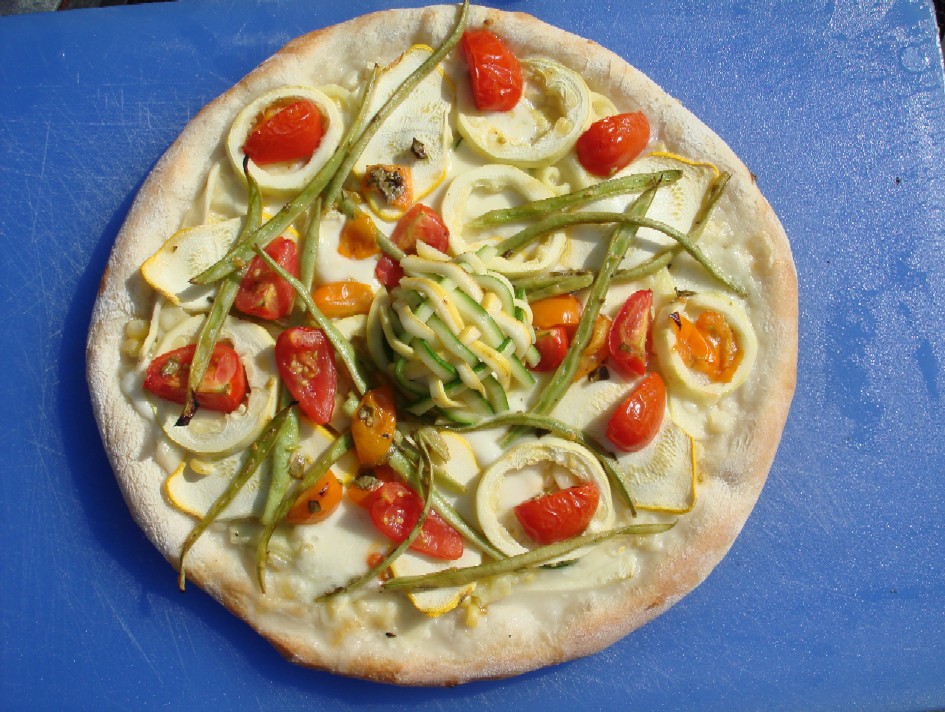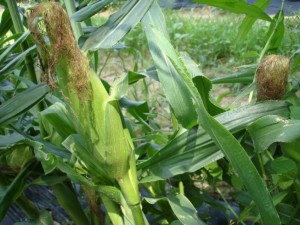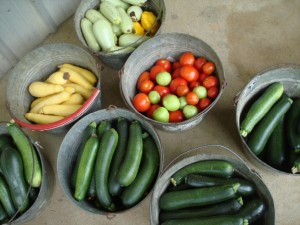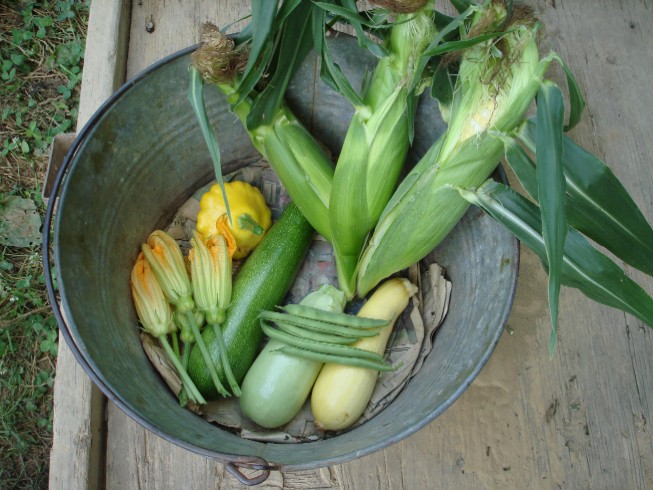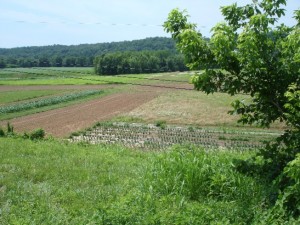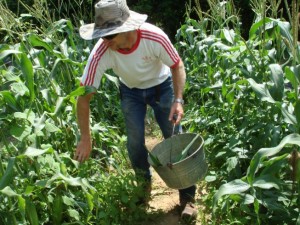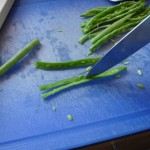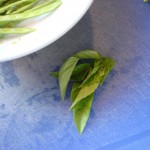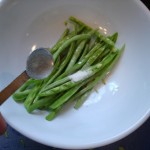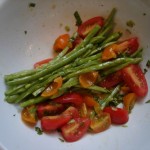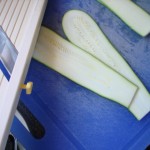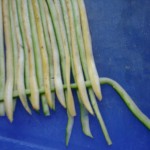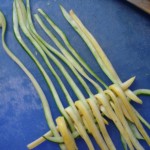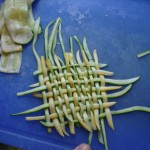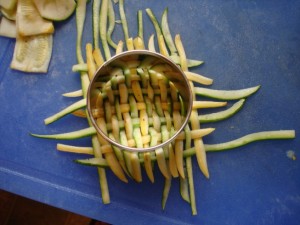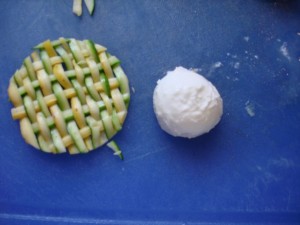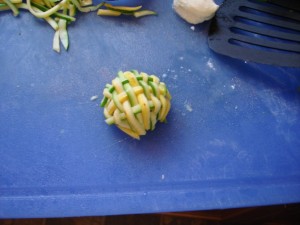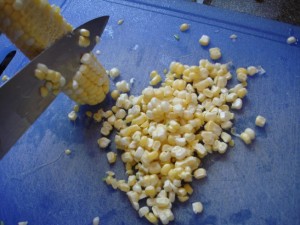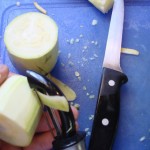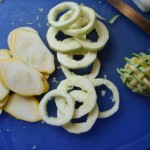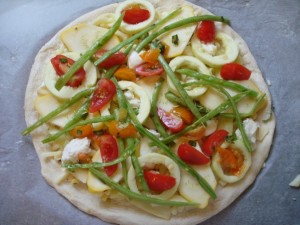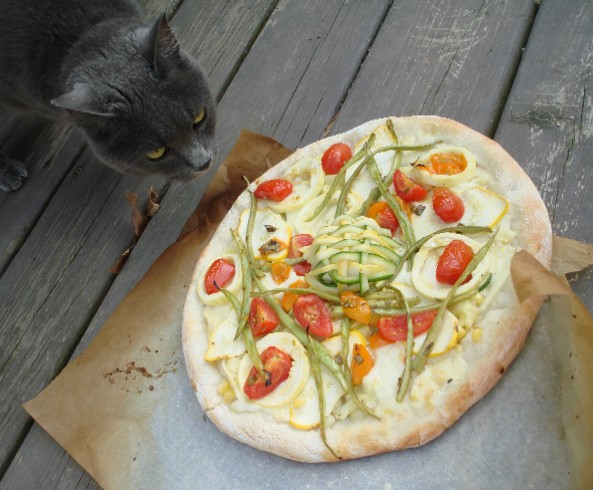Sometimes in this wild media world of celebrity chefery and culinary tourism, a small but important glimpse of restaurant reality flashes across the screen. This is the same reality that every serious restauranteur battles every day but isn’t seen in much of the mainstream media.
This small question was brought out by Joe Bastianich, (who along with Mario Batali, runs some of the best restaurants and pizzeria in the nation.) The forum was the Iron Chef “Battle Beans” . The target of this questioning was Iron Chef Bobby Flay.
I had just come home after wrestling a 60-pound pile of dough containing horseradish, parmesan, lemon zest and fresh dill into small 17-ounce rounds destined for my Afghani Snowshoe Na’an. Right after cleaning up in my small pizzeria, we got slammed with a late night rush and I took over the ovens to help out. Another annoyingly late night.
Just as I got home, I flopped down on my couch and turned the boob-tube on to Iron Chef America. I stared like a zombie as Mr. Flay presented his dishes with his usual cocky flair. Then I heard this. (The following experts are real and taken from the real YouTube footage. Please plug your kid’s ears at the use of “Food Cost” here-it may dissuade them from wanting to cook again.)
Joe Bastianich: “In the world of endless options on mushrooms, portobello would be the last one I would pick. Not my fave.”
Bobby Flay: (Looking unconfortable and nodding.)
Jeffery Steingarten: I like the mushroom. Now why did you dis (disrespect) the mushroom?”
Joe Bastianich: Because it’s so 1994, kinda watery, diluted, they don’t have alot of flavor and we’ve come a long way from portobellos.
Bobby Flay: (Looking more uncomfortable)
Jeffery Steingarten: “What do you use?”
Joe Bastianich: Maybe morels would have been fabulous with this because the sauce is very punchy and rich, it’s got a kinda guac (guacamole) feel on the pallette. It’s not like there is a food cost issue here in Kitchen Stadium. He chose to use the portobello.
Bobby Flay: (Now looking pissed-off, uncomfortable and “over” this whole conversation.)
Jeffery Steingarten: Well, I think it’s fine, even though it isn’t 1994. (Laughs with Mr. Flay at such a witty rebuke.)
For the first time since the old Japanese versions of Iron Chef, I stood up and applauded Joe Bastianich for showing a restauanteur’s view of how and why cuisine is sourced, cooked and presented in the real world.
What he was alluding to is that since Iron Chef is “Fantasy Island with Food,” Mr. Flay might as well pull out all the stops and use a better ingredient, say like morel or chanterelle mushrooms. Mr. Bastianich has had years of wrestling with the costs involved in serving dishes that are fabulous but make little or no profit. He obviously wanted a mushroom that was more exotic, flavorful, and expensive ,with little or no thought of what it costs. After all, it was Kitchen Stadium.
Food cost for a lowly pizzeria like mine at Avalanche, is the same as it is at Babbo, the flagship of the Bastianich/Batali fleet. Restaurants live and die with good or bad food and labor costs. In the book “Heat”, the author Bill Buford makes a big deal of Mario Batali visiting his kitchen and going through the garbage can to find usable items carelessly cut off and thrown away. Most people reading would think “Oh, how disgusting, rooting around in the garbage can!” But every person who has owned a restuarant knows that Mr. Batali did that because food cost is the key to his livelihood. Teaching the staff to respect and regard every food article as an important contributer of the restauants’ success is an ongoing process.
In honor of Mr. Bastianich and Mr. Batali, my next blog will feature some bodacious chanterelles that I just got from my favorite spot. I’m looking for some Beluga Caviar, monkfish liver and a nice 1945 Chateau Lafite Rothschild to pair them with.

